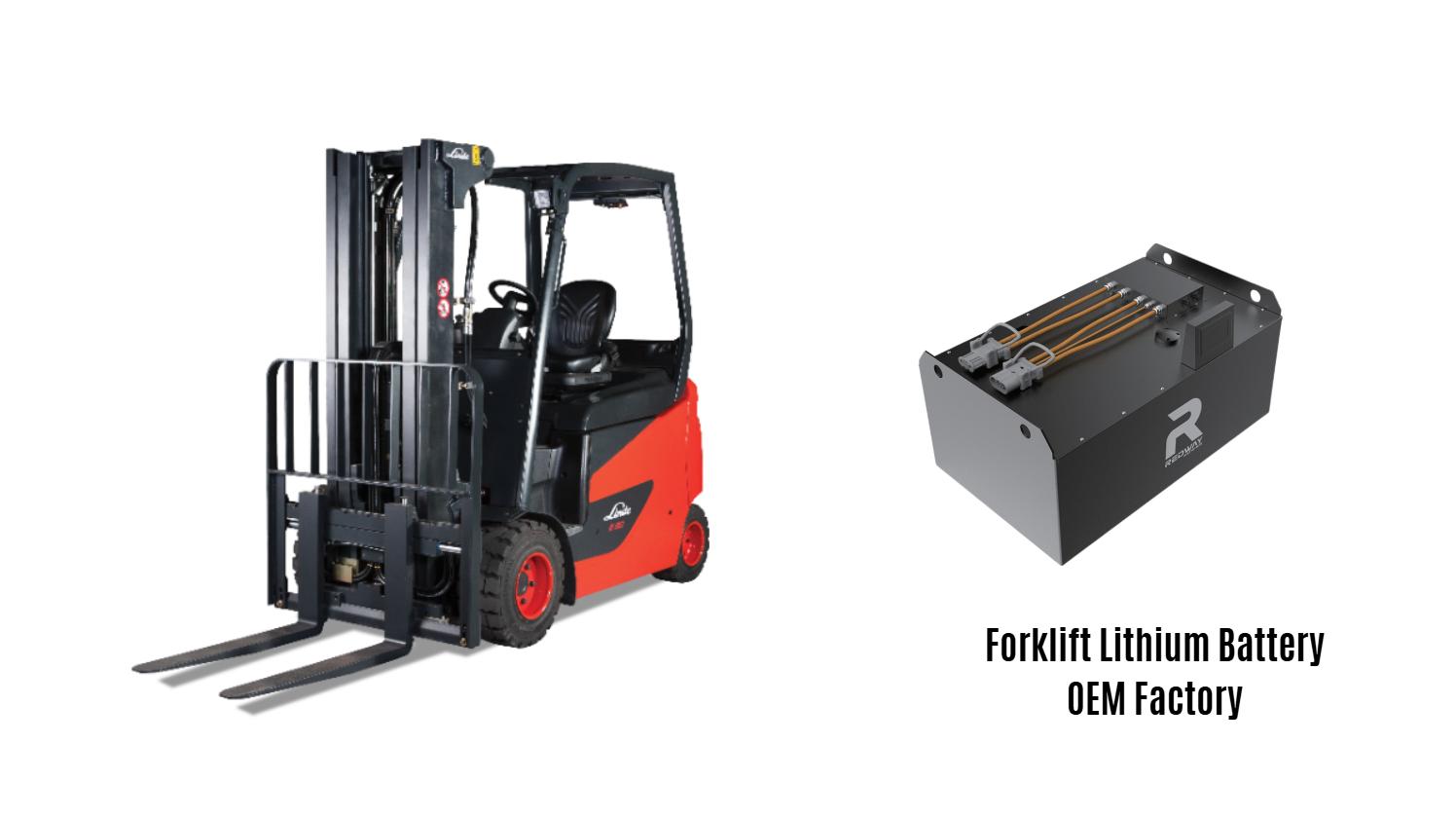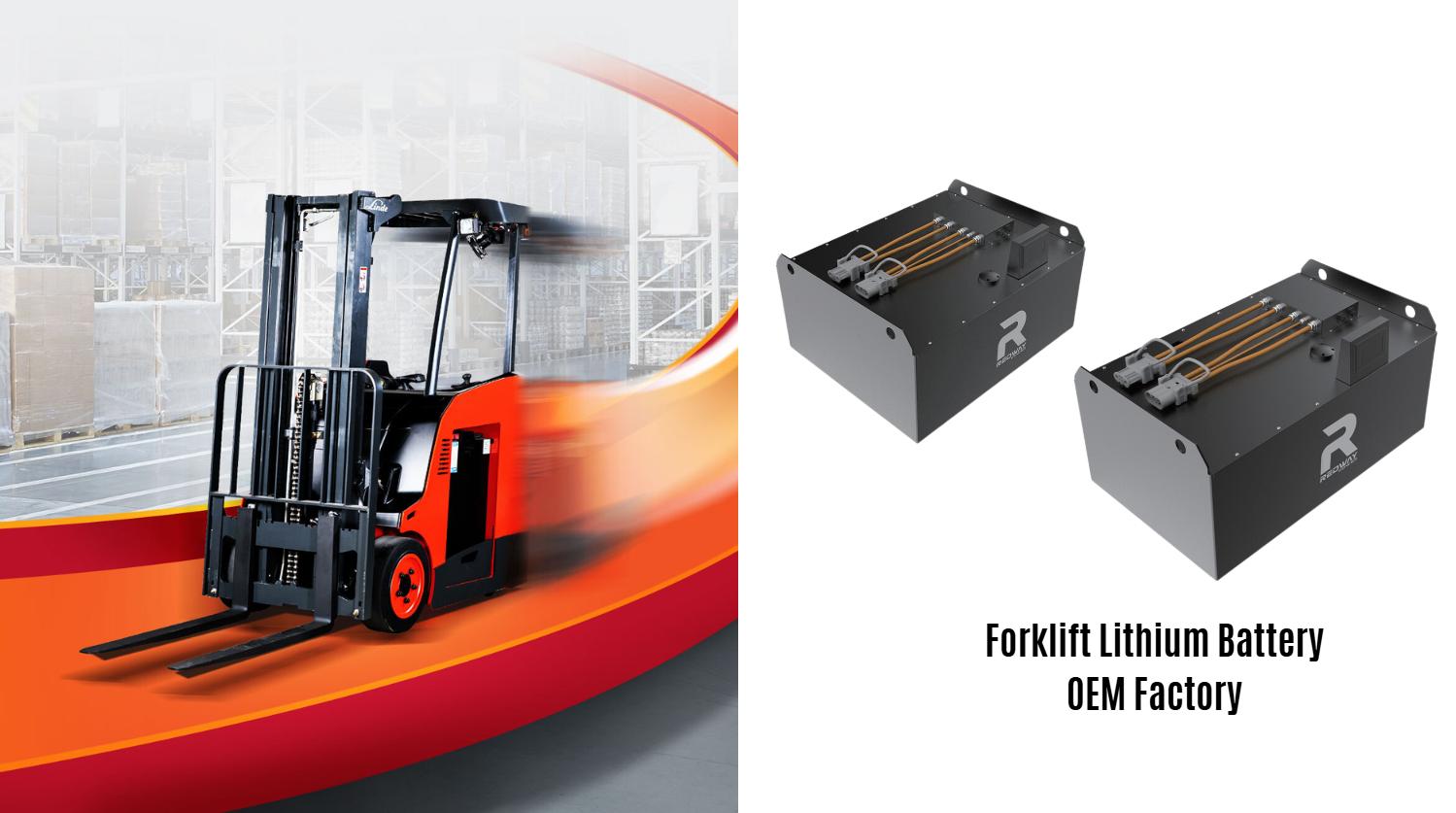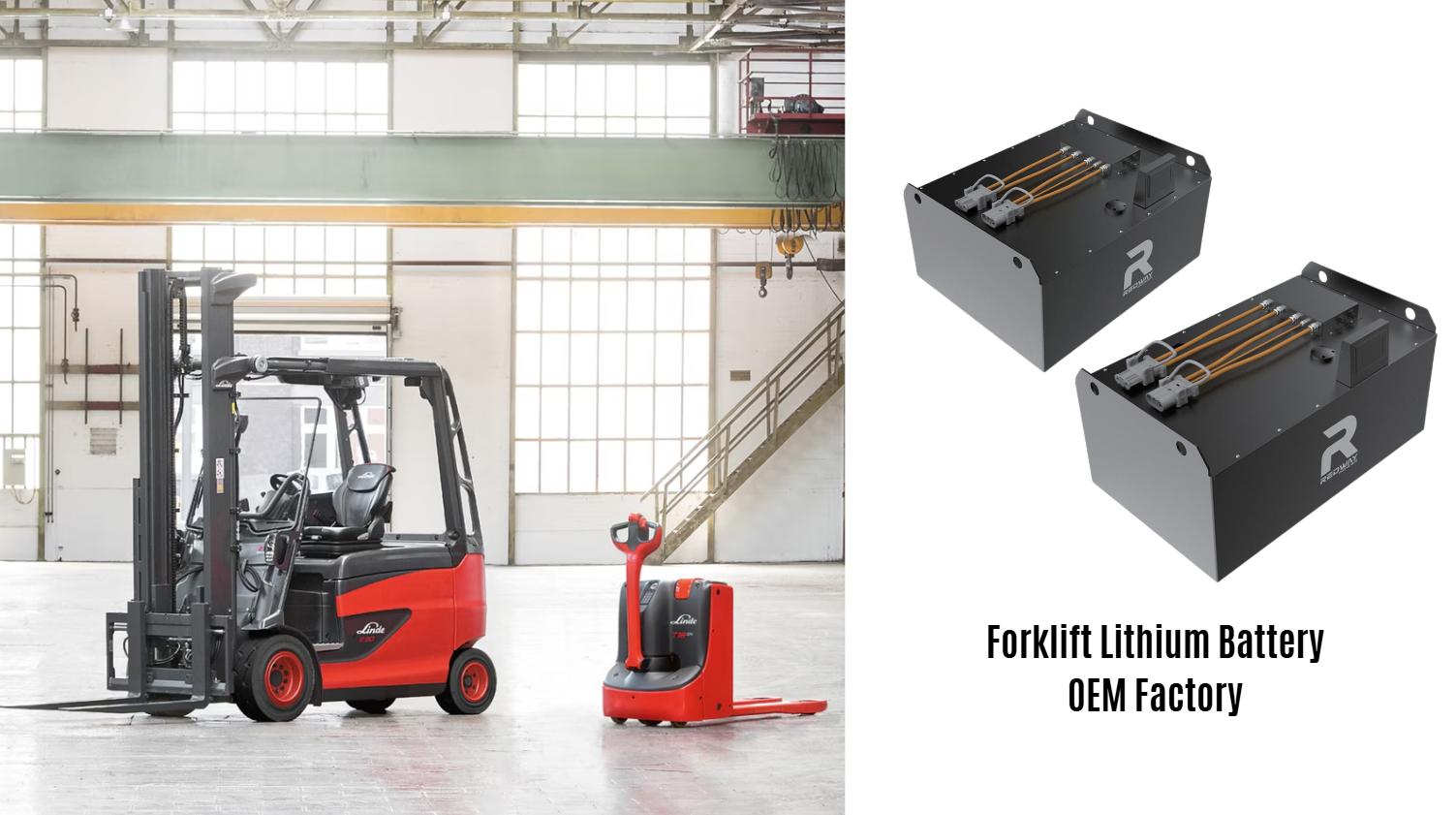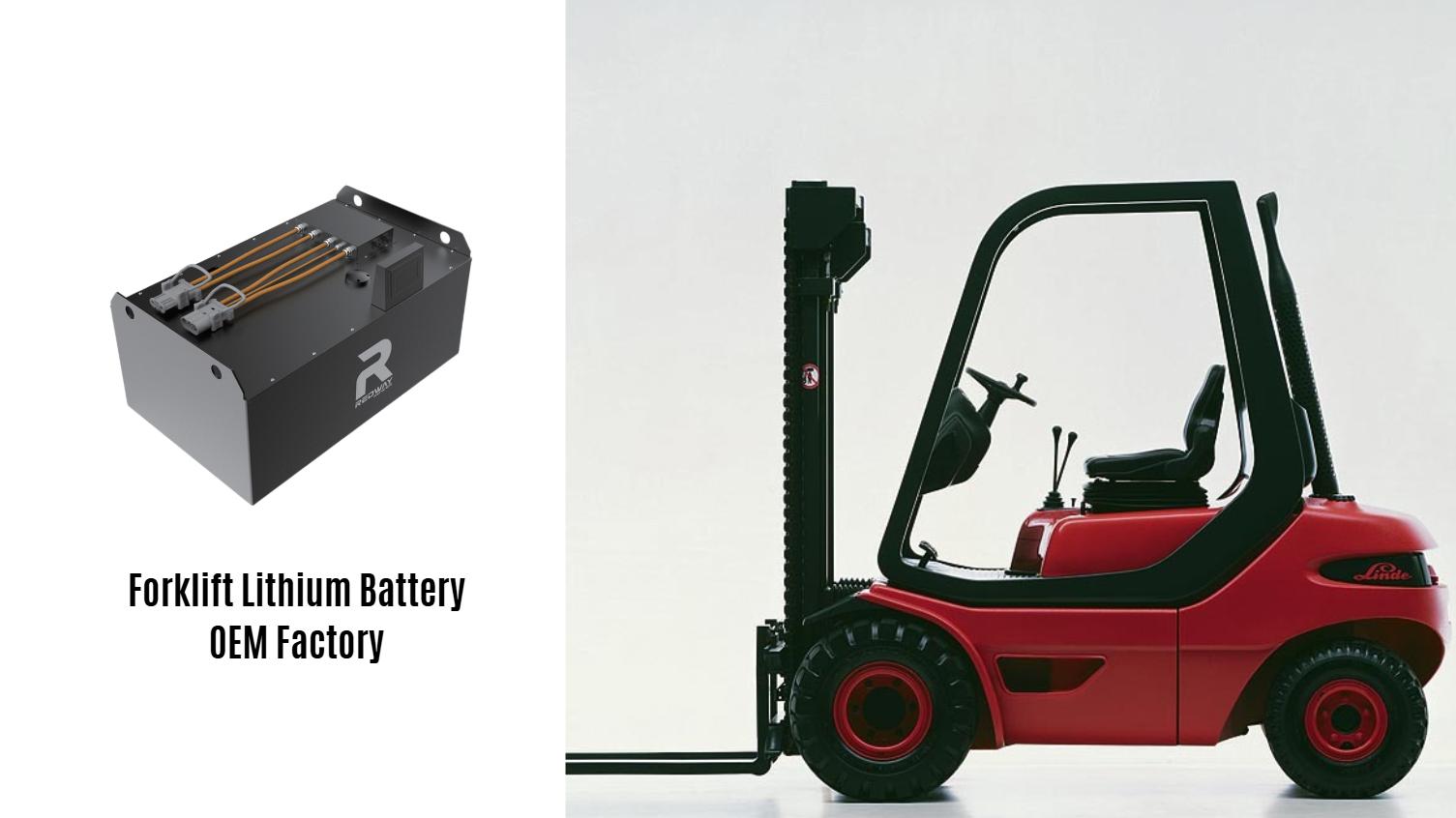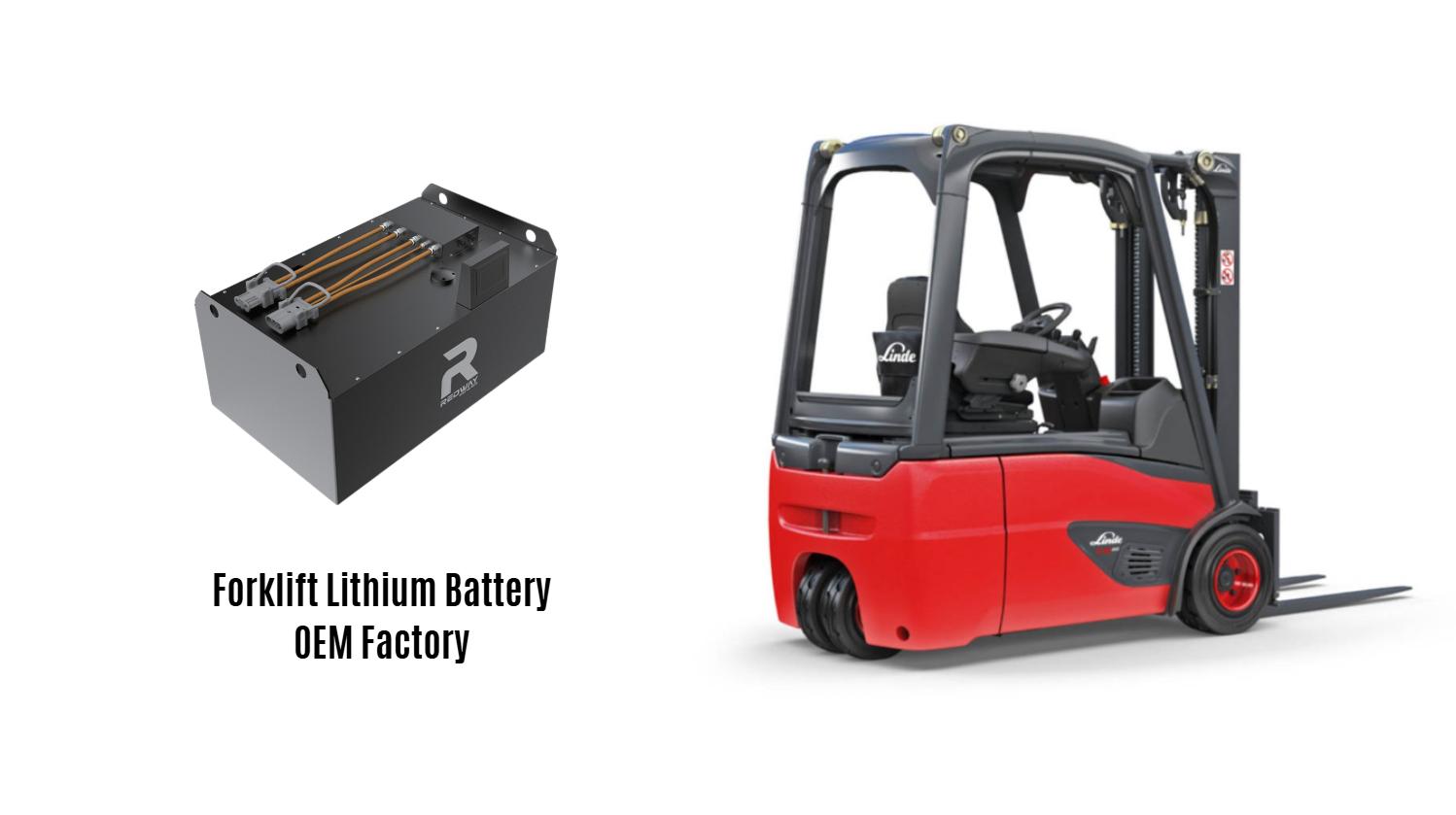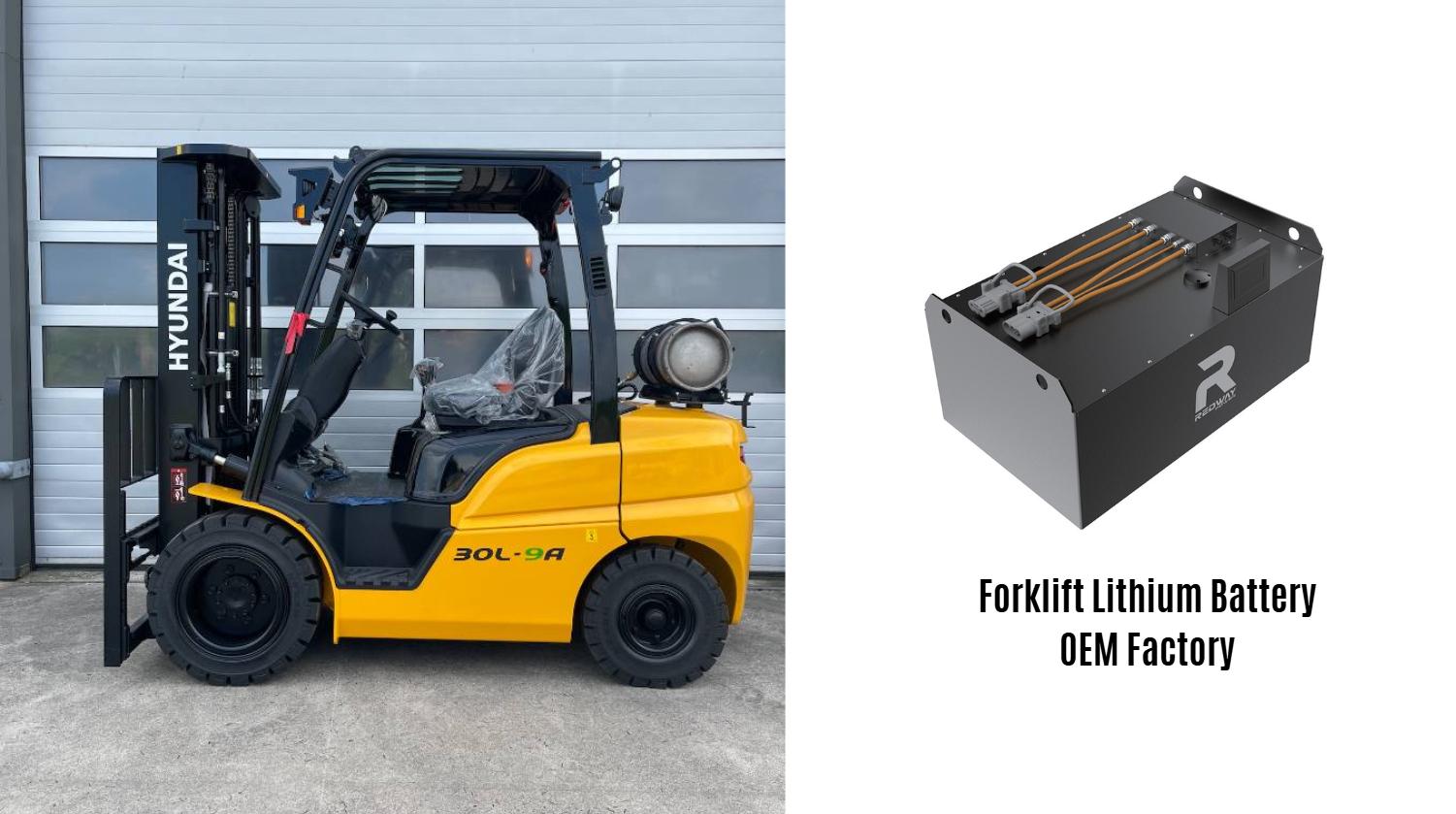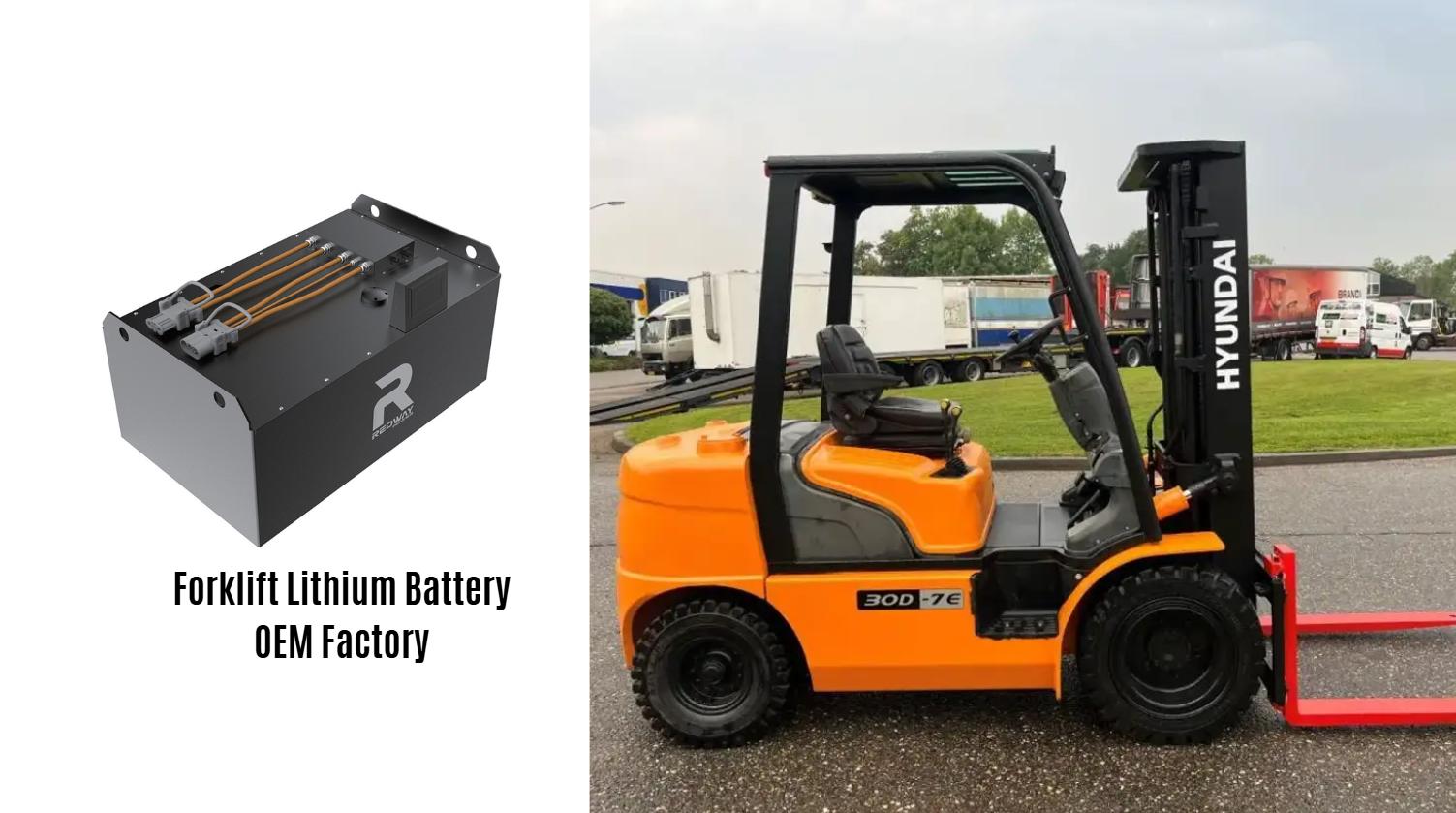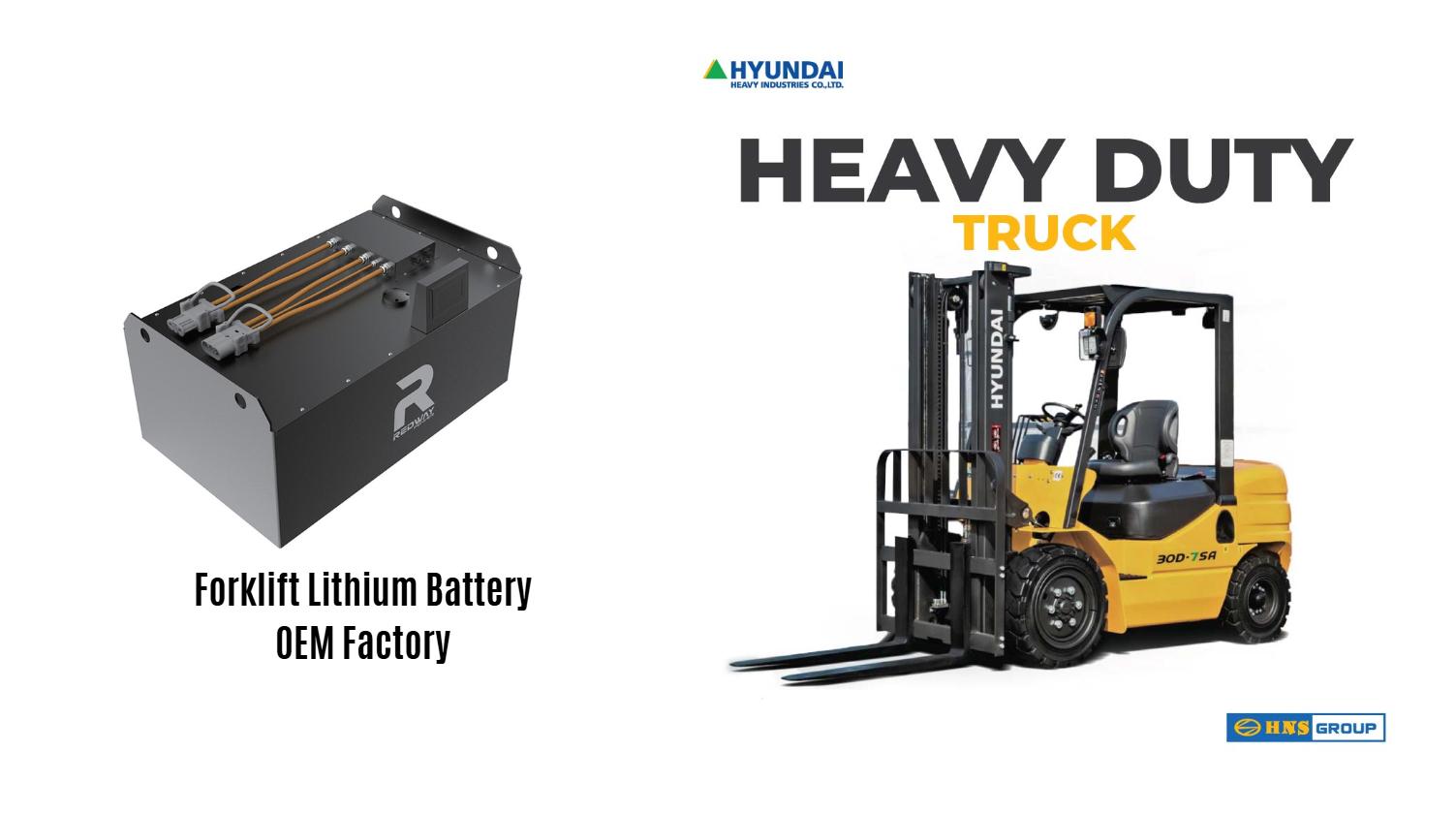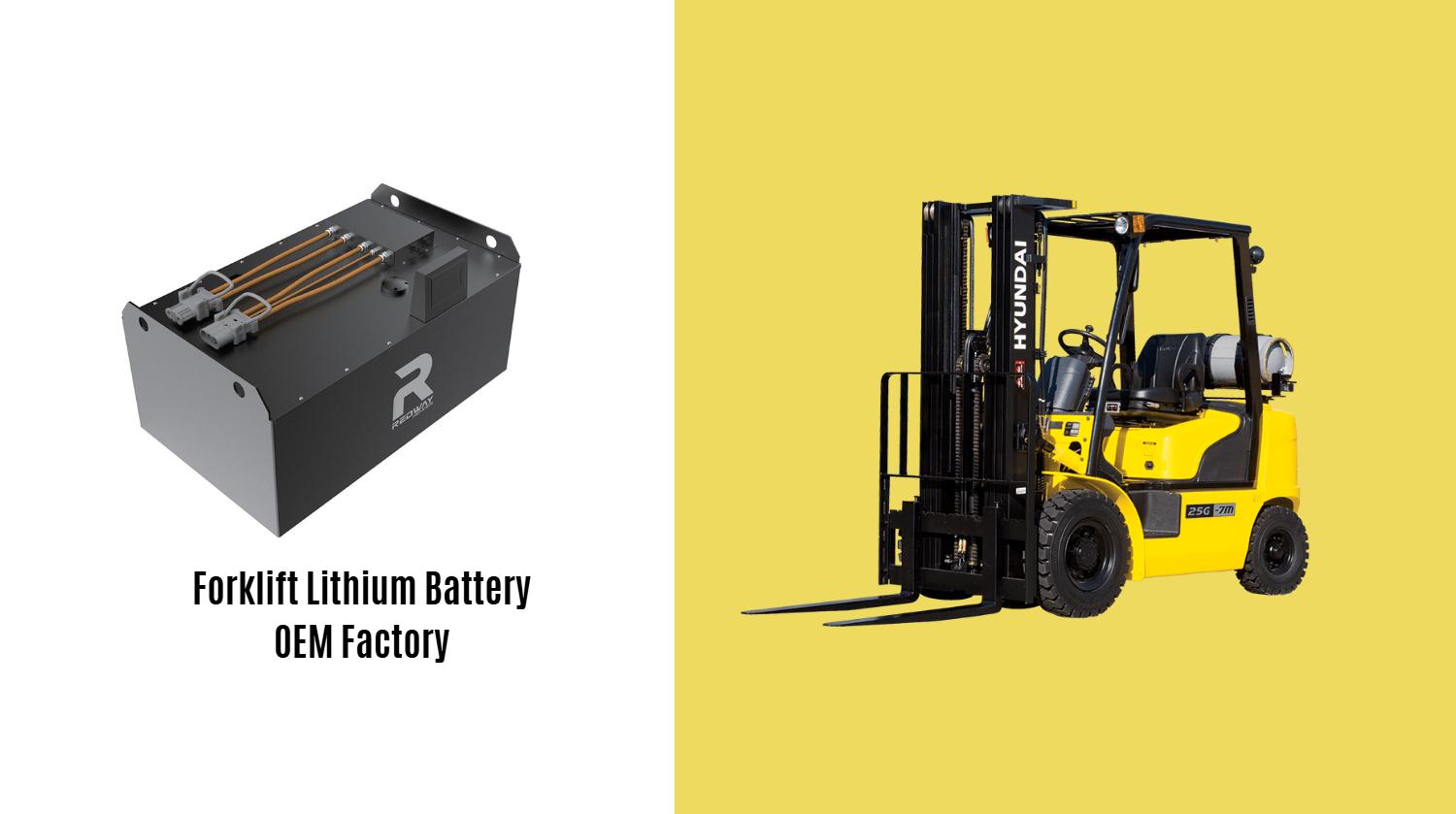How Do I Maintain Forklift Battery Fluid Levels?
Maintaining proper fluid levels in your Linde forklift’s lead-acid battery is vital for its performance and longevity. Regular watering prevents damage, ensures efficient operation, and reduces costly replacements. Proper practices involve checking electrolyte levels, using the correct water type, and following safety protocols. Let’s address some common questions: Why is it crucial? How often should you check? What type of water should you use?
Why Is Maintaining Proper Fluid Levels Crucial for Your Linde Forklift’s Lead-Acid Battery?
Maintaining proper fluid levels is crucial because it ensures the battery’s internal components are adequately submerged in electrolyte. This electrolyte facilitates the chemical reactions necessary to produce electricity. When the fluid level is too low, the plates can become exposed, leading to sulfation and reduced battery capacity. Proper watering extends the battery’s lifespan and optimizes its performance.
What Happens if You Neglect Watering Your Linde Forklift Battery?
Neglecting to water your Linde forklift battery can lead to several detrimental effects. The battery’s lifespan can be reduced by up to 50%, leading to premature replacements. The active material on the plates hardens, decreasing the battery’s ability to hold a charge. This neglect results in diminished performance, increased operating costs, and potential safety hazards.
How Often Should You Check the Electrolyte Levels in Your Linde Forklift Battery?
As a general guideline, check the electrolyte levels in your Linde forklift battery every five charging cycles. For forklifts operating on a single shift, this typically translates to weekly checks. However, if your forklift is used more intensively or if you’re using reconditioned batteries, you may need to check more frequently. Regular monitoring helps identify any fluid loss early on.
When Is the Best Time to Water Your Linde Forklift Battery—Before or After Charging?
The best time to water your Linde forklift battery is after it has been fully charged. Charging causes the electrolyte to expand; adding water before charging can lead to overwatering as the electrolyte level rises during the process. This overflow can damage the battery and surrounding equipment. Always allow the battery to cool down after charging before adding water.
What Type of Water Should You Use to Water Your Linde Forklift Battery?
Always use distilled or deionized water when watering your Linde forklift battery. Tap water contains minerals and impurities that can damage the battery’s internal components and reduce its lifespan. Distilled or deionized water is purified to remove these contaminants, ensuring optimal battery health.
What Tools and Equipment Do You Need to Safely Water Your Linde Forklift Battery?
To safely and effectively water your Linde forklift battery, you’ll need the following tools and equipment:
-
Safety Goggles: To protect your eyes from acid splashes.
-
Gloves: Acid-resistant gloves to protect your hands.
-
Watering Jug or Gun: For precise water filling.
-
Distilled or Deionized Water: Tap water should never be used.
-
Flashlight: To illuminate the fill wells for better visibility.
How Do You Perform a Step-by-Step Visual Inspection of Electrolyte Levels?
Here’s how to perform a visual inspection of electrolyte levels:
-
Turn Off the Forklift: Ensure the forklift is turned off and secured.
-
Remove Vent Caps: Carefully remove the vent caps from each cell.
-
Inspect Electrolyte Levels: Look into each cell. The electrolyte level should be above the plates but not overflowing.
-
Use a Flashlight: If needed, use a flashlight to get a clearer view.
-
Document Findings: Record the electrolyte levels of each cell for future reference.
What Are the Step-by-Step Instructions for Manually Watering Your Linde Forklift Battery?
Follow these steps to manually water your Linde forklift battery:
-
Prepare the Battery: Ensure the battery is fully charged and cooled down.
-
Remove Vent Caps: Carefully remove the vent caps from each cell.
-
Fill with Distilled Water: Slowly pour distilled water into each cell using a watering jug or gun.
-
Avoid Overfilling: Stop when the electrolyte level reaches the recommended height (typically about 1/8 inch below the bottom of the fill well).
-
Replace Vent Caps: Securely replace the vent caps.
How Do Automatic Watering Systems Work and When Are They Beneficial for Linde Forklifts?
Automatic watering systems streamline the battery watering process. These systems use a network of valves and tubes to automatically fill each cell to the correct level. They are particularly beneficial for large fleets or when manual watering is difficult or time-consuming. These systems reduce the risk of human error and ensure consistent watering. Some types of lead acid batteries, like those equipped with Tennant Smart-fill™ Automatic Battery Watering technology, can compensate for water loss on their own and eliminate the need for manual battery watering.
How Does the Age of Your Linde Forklift Battery Affect Watering Frequency?
As Linde forklift batteries age, they may require more frequent watering. Older batteries tend to lose water more quickly due to increased internal resistance and heat generation. Regularly monitor older batteries and adjust watering frequency as needed to maintain proper fluid levels.
What Are the Signs of Over-Watering or Under-Watering Your Linde Forklift Battery?
Signs of over-watering include electrolyte overflow, which can cause corrosion and damage. Signs of under-watering include exposed plates, reduced battery capacity, and increased heat during charging. Regularly inspect the battery for these signs to ensure proper watering practices.
What Safety Precautions Should You Take When Watering Your Linde Forklift Battery?
Always prioritize safety when watering your Linde forklift battery:
-
Wear safety goggles and gloves to protect against acid splashes.
-
Work in a well-ventilated area to dissipate hydrogen gas.
-
Avoid smoking or open flames near the battery.
-
Have an eyewash station nearby in case of accidental exposure.
What Are Common Mistakes to Avoid When Watering Your Linde Forklift Battery?
Common mistakes to avoid include:
-
Using tap water instead of distilled or deionized water.
-
Watering before charging.
-
Overfilling or underfilling the cells.
-
Neglecting regular inspections.
-
Ignoring safety precautions.
Expert Views
At Redway Power, we cannot stress enough the importance of regular and correct battery watering for Linde forklifts. Consistent adherence to proper watering schedules and techniques not only extends battery life but also significantly reduces the risk of costly downtime and repairs. Employing automated watering systems can be a game-changer for larger operations, ensuring precision and minimizing human error.” – Expert at Redway Power
Conclusion
Maintaining proper fluid levels in your Linde forklift’s lead-acid battery is essential for ensuring optimal performance, longevity, and safety. By following the guidelines outlined in this article, you can prevent common mistakes and maximize the lifespan of your battery. Regular inspections, proper watering techniques, and adherence to safety precautions will keep your Linde forklift running efficiently and reliably.
FAQ Section
-
Q: How often should I add water to my Linde forklift battery?
A: Check electrolyte levels every five charging cycles and water as needed. -
Q: What type of water is best for my lead-acid battery?
A: Always use distilled or deionized water. -
Q: Should I add water before or after charging?
A: Add water after the battery is fully charged. -
Q: What are the signs of overwatering a battery?
A: Electrolyte overflow and corrosion around the battery. -
Q: What safety gear should I wear when watering my battery?
A: Wear safety goggles and acid-resistant gloves.

